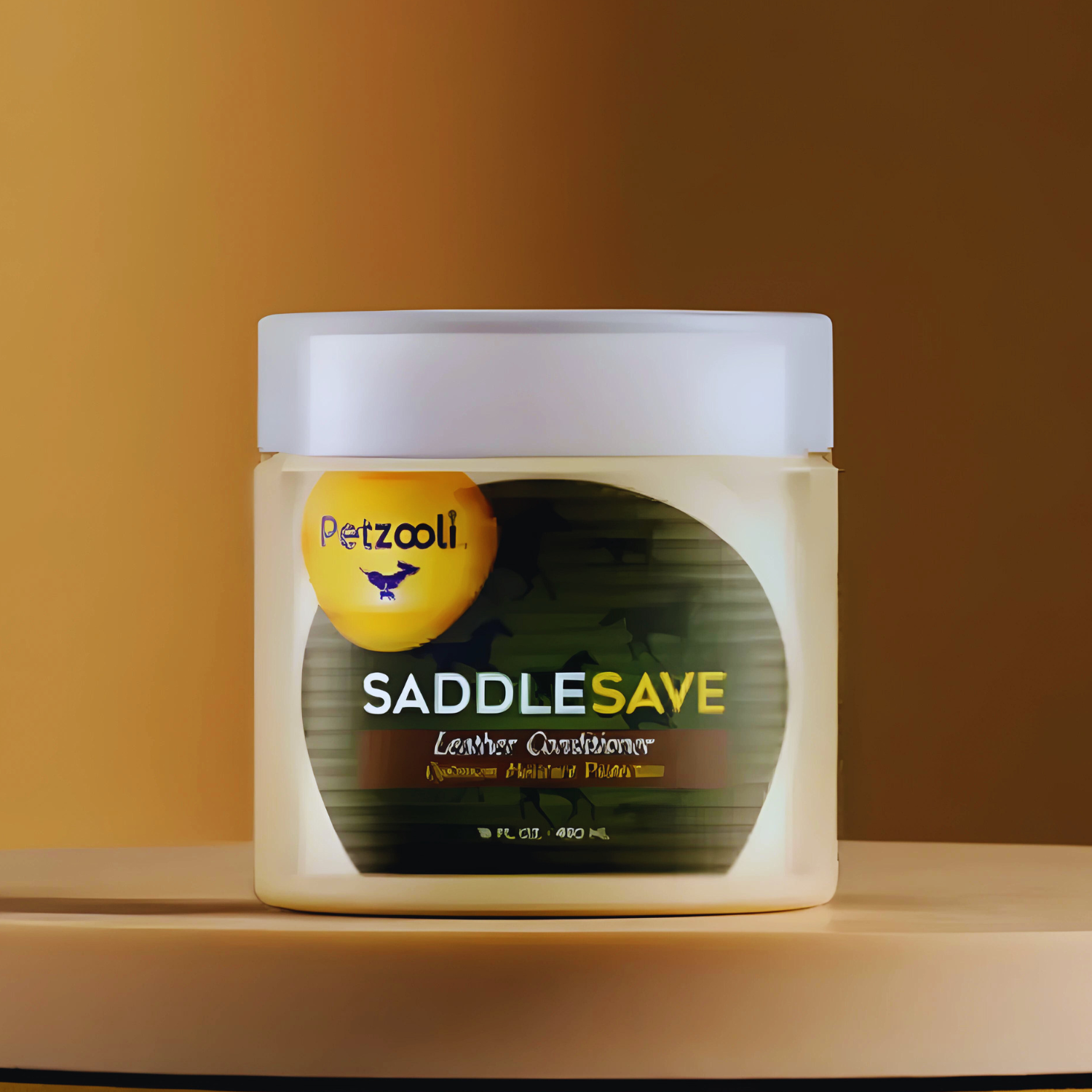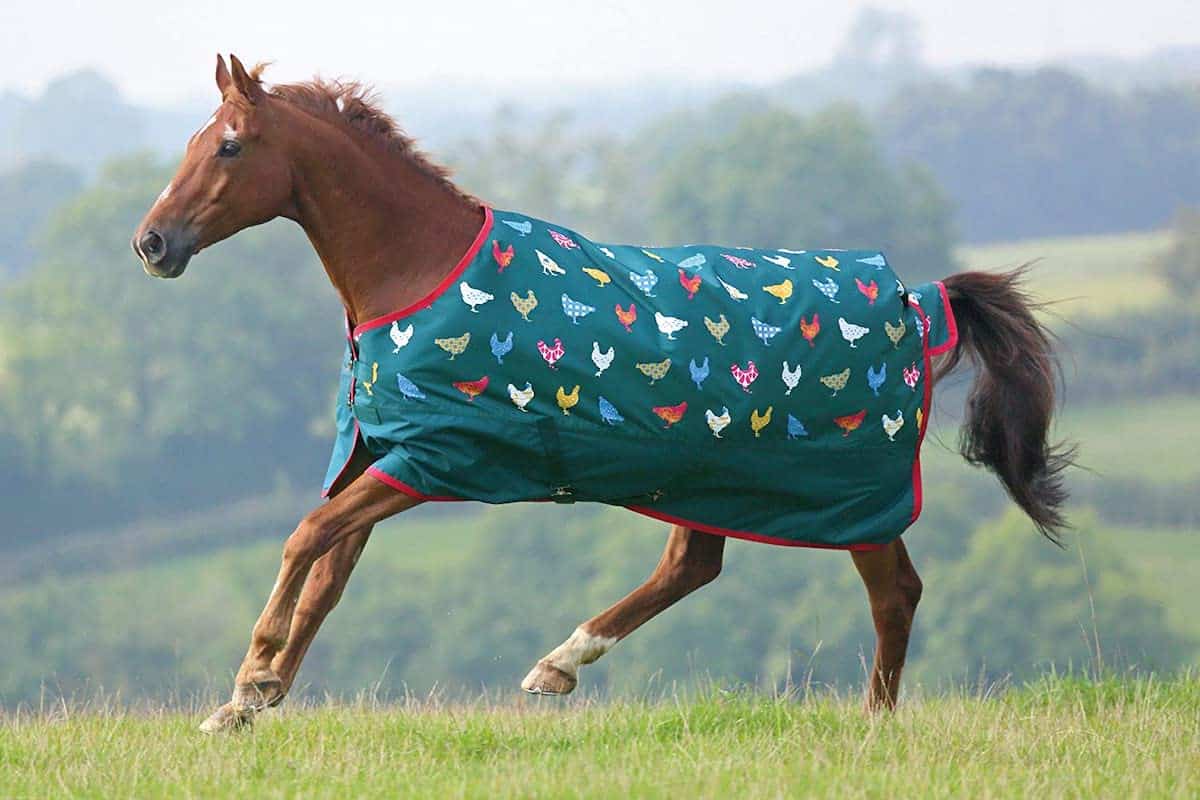For every equestrian, the seasonal care of their prized steed is paramount. One common question that often arises is when to blanket a clipped horse. In this detailed guide, we will delve into the art and science of horse blanketing, particularly for clipped horses.

Understanding Blanket Needs
Before we dive into when to blanket a clipped horse, it is essential to understand the fundamental need for horse blanketing. Horses have a natural coat that helps in temperature regulation, but for those that are clipped, especially in colder months, they might require additional warmth.
The Science Behind Blanketing
A clipped horse loses its natural insulation, making it vulnerable to cold. Blanketing provides the necessary warmth and protection from the elements.
Different Types of Clips
There are various clipping styles, including full, trace, and hunter clips. Each has different implications for the horse’s warmth and dictates the need for blanketing.

Seasonal Considerations
Understanding when to blanket largely depends on seasonal changes. Let’s break it down month by month.
Autumn
As the days shorten and temperatures drop, a clipped horse might start feeling the chill. A light to medium-weight blanket is advisable during this transition period.
Winter
Winter is the most challenging season for a clipped horse. A heavyweight blanket becomes necessary, especially in regions with harsh winters. For extremely cold nights, layering might be required.
Spring
As temperatures start to rise, it’s crucial to monitor weather changes. Gradually shift to lighter blankets or completely remove them during warmer days to prevent overheating.

Activity and Housing Impact
Stabled vs. Pasture Horses
Horses stabled indoors might not require as heavy blankets as those in pastures. The shelter provided by the stables can offer significant protection from the cold.
Active vs. Inactive Horses
Active horses generate more body heat and may need less blanketing. However, always consider wind chills and precipitation factors.
Blanket Features to Consider
Material
Choose blankets made from durable, breathable materials. This ensures warmth without causing the horse to overheat.
Fit & Size
Proper fitting is crucial. An ill-fitting blanket can cause discomfort or even injury to the horse.
Fastenings and Adjustability
Ensure the blanket has secure fastenings to prevent it from slipping off or getting entangled.
Practical Tips
Regular Checks
Inspect the blanket daily for damage or dampness. A wet blanket can do more harm than good.
Storage and Maintenance
Always store blankets in a dry place. Clean them regularly to ensure they provide optimal warmth and comfort.
Frequently Asked Questions
How do I know if my horse is too warm?
Check for sweating, particularly under the blanket. This indicates overheating, and you might need to switch to a lighter blanket or remove it.
Can I blanket my horse year-round?
While it’s possible, it’s not always necessary. Assess your horse’s needs according to seasonal and weather changes.
What should I do if my horse’s blanket gets wet?
Replace it immediately with a dry one. Wet blankets can cause chills and are uncomfortable for the horse.
Additional Resources
For more information on hoof abscesses and maintaining horse tack, click to explore detailed articles.
External Reference: For an expert’s take, visit Practical Horseman.
As an Amazon Associate, I earn from qualifying purchases.